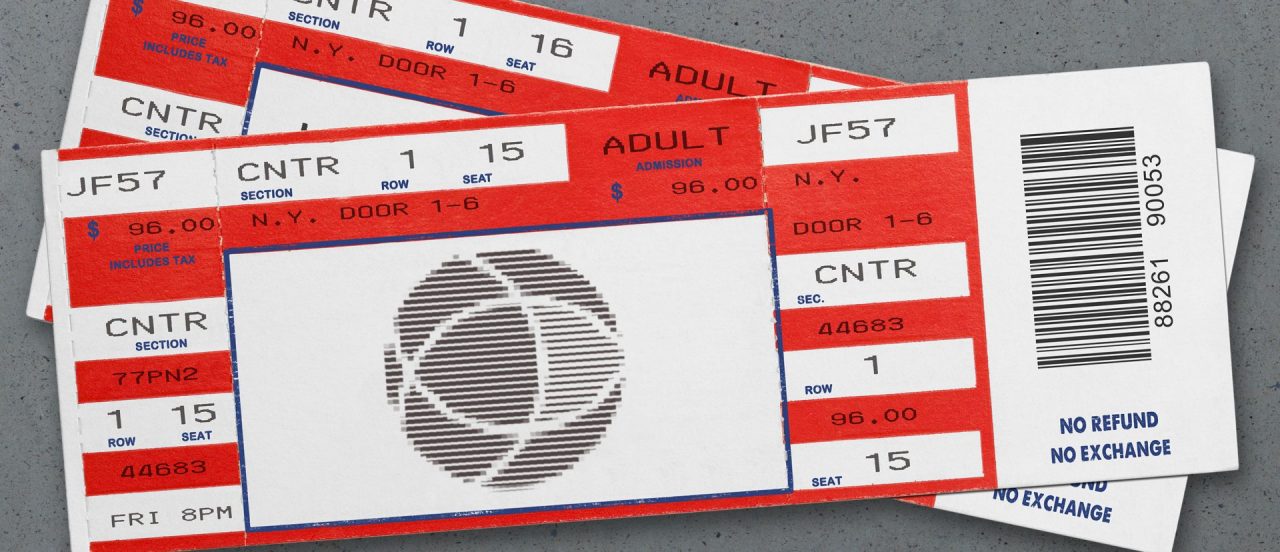Merger remedies may be offered by the merging parties or demanded by antitrust enforcers in cases in which a merger promises benefits to consumers but also risks harm to competition in one or more markets. This article considers the economic issues that arise in developing merger remedies – and in particular discusses the use of self-enforcing versus non-self-enforcing remedies. The article then addresses how these issues relate to the recent concerns raised by the Department of Justice regarding whether Live Nation was following the requirements of the remedy associated with its merger with Ticketmaster in 2010.
By Mary Coleman, David Weiskopf1
I. INTRODUCTION
Merger remedies may be offered by the merging parties or demanded by antitrust enforcers in cases in which a merger promises benefits to consumers but also risks harm to competition in one or more markets. Blocking such a merger would certainly prevent the competitive harm from occurring, but it would also deny the consumer benefits that would otherwise flow from the combination of assets. Remedies that reliably target the source of competitive harm allow society to reap the benefits of efficiency-enhancing mergers that would, in the absence of remedies, raise competitive concerns. In this article, we consider the economic issues that arise in developing merger remedies – and in particular discuss the use of self-enforcing versus non-self-enforcing remedies. We then
...THIS ARTICLE IS NOT AVAILABLE FOR IP ADDRESS 216.73.216.23
Please verify email or join us
to access premium content!

